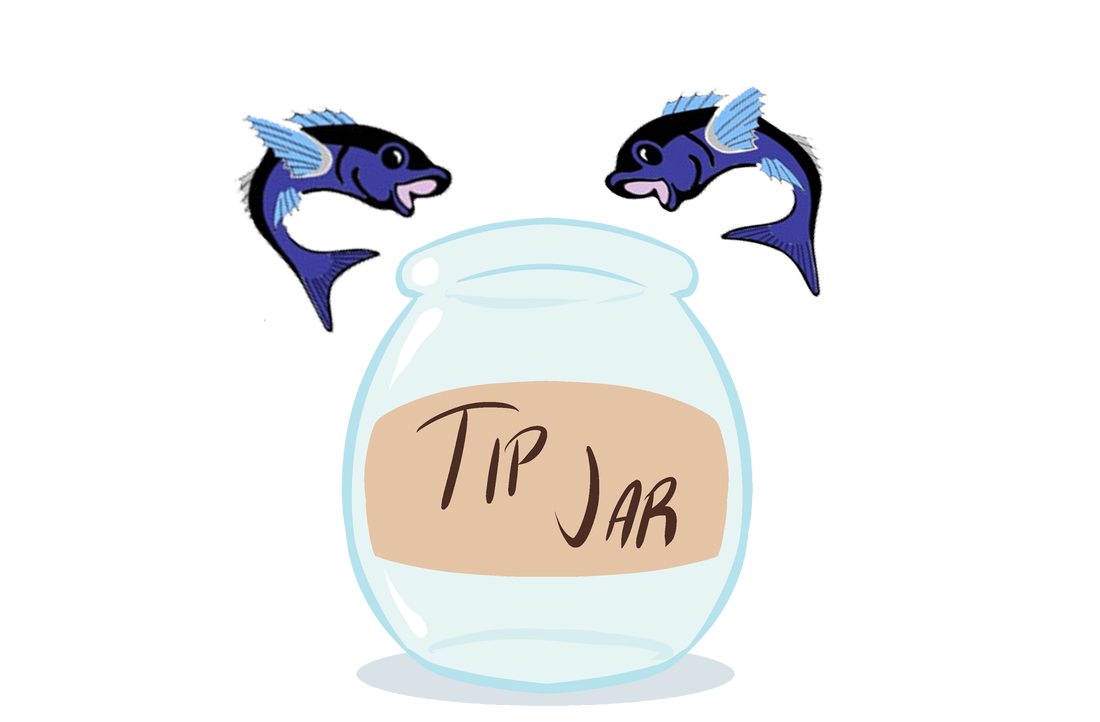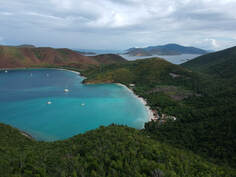 Maho Bay
Maho Bay The distance from Redhook to Maho bay is a short 6 Nautical Miles, little wind made the decision to motor the whole way an easy one. The trip was about an hour from the time we departed the dock until we were attached to the mooring ball. We pulled into the mooring field of Maho Bay to discover a coconut palm-fringed white sand beach. There are many mooring balls that are maintained by the National Park Service. A floating pay station is located in the middle of the bay. You can drop your envelope with payment in the box when you arrive. Anchoring is allowed out in the deeper parts of the bay for larger vessels.
The white sand beach extends into the clear water for 10 meters or so before dropping off into deeper water. Sea grass populates much of the bay. This makes for a perfect ecosystem to see sea turtles, rays, and lots of fish. Nearly the entire bay is within snorkeling depth making it a perfect stop to see aquatic wildlife even if you don’t have scuba gear aboard. Mornings in Maho bay begin with a spectacular view of the sunlight breaking over tall lush hills. The evening sunsets are just as magnificent. The sun sets over the Western hillside or over the island of St. Thomas depending on where you are moored in the bay.
The first day in Maho bay Lisa and I jumped in to check out some of the underwater sights. We took a mooring ball on the West side of the bay making it an easy swim to the reefs along the Western wall. We saw lots of Angelfish, Damselfish, and Atlantic Blue Tangs. We didn’t get to see any rays during our stay but we did manage to find a couple of sea turtles lazily eating the sea grass. Maho bay is a protected anchorage so the sea life has little to no fear of humans. You can see this in their reactions. The sea turtles were peacefully eating away as we watched them. They didn’t have a care in the world about us being there. The beach has a couple of small outdoor bars where you can get a cold drink and a bite to eat. We were able to take the tender or simply swim over to the beach when we wanted a break from the boat. This is what cruising the USVI is all about.
We ended up spending a few days in the tropical bay. We even ventured out on a 10-mile trek around St. John. But that is a story for next time.
The white sand beach extends into the clear water for 10 meters or so before dropping off into deeper water. Sea grass populates much of the bay. This makes for a perfect ecosystem to see sea turtles, rays, and lots of fish. Nearly the entire bay is within snorkeling depth making it a perfect stop to see aquatic wildlife even if you don’t have scuba gear aboard. Mornings in Maho bay begin with a spectacular view of the sunlight breaking over tall lush hills. The evening sunsets are just as magnificent. The sun sets over the Western hillside or over the island of St. Thomas depending on where you are moored in the bay.
The first day in Maho bay Lisa and I jumped in to check out some of the underwater sights. We took a mooring ball on the West side of the bay making it an easy swim to the reefs along the Western wall. We saw lots of Angelfish, Damselfish, and Atlantic Blue Tangs. We didn’t get to see any rays during our stay but we did manage to find a couple of sea turtles lazily eating the sea grass. Maho bay is a protected anchorage so the sea life has little to no fear of humans. You can see this in their reactions. The sea turtles were peacefully eating away as we watched them. They didn’t have a care in the world about us being there. The beach has a couple of small outdoor bars where you can get a cold drink and a bite to eat. We were able to take the tender or simply swim over to the beach when we wanted a break from the boat. This is what cruising the USVI is all about.
We ended up spending a few days in the tropical bay. We even ventured out on a 10-mile trek around St. John. But that is a story for next time.

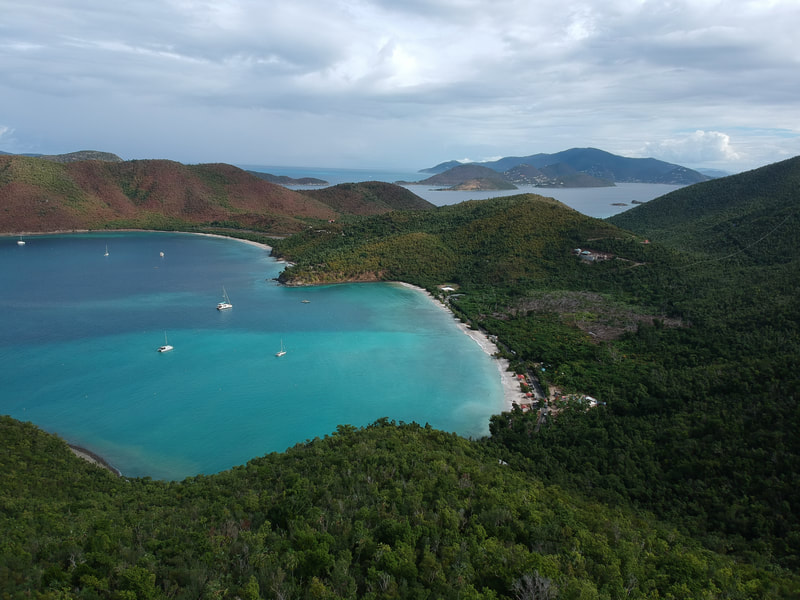
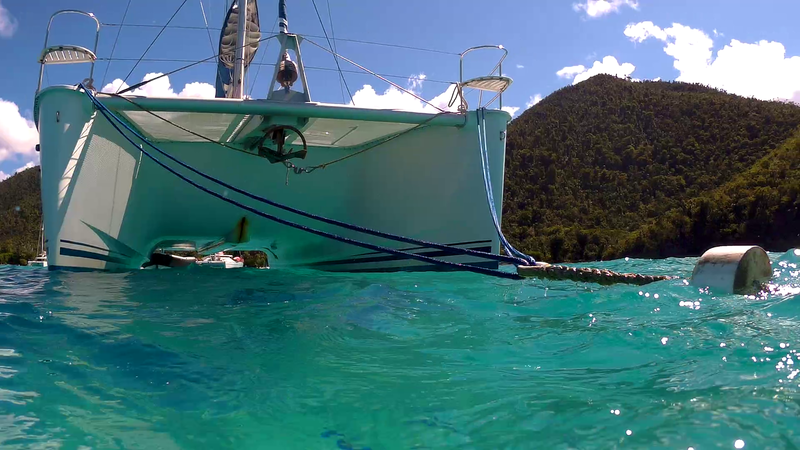
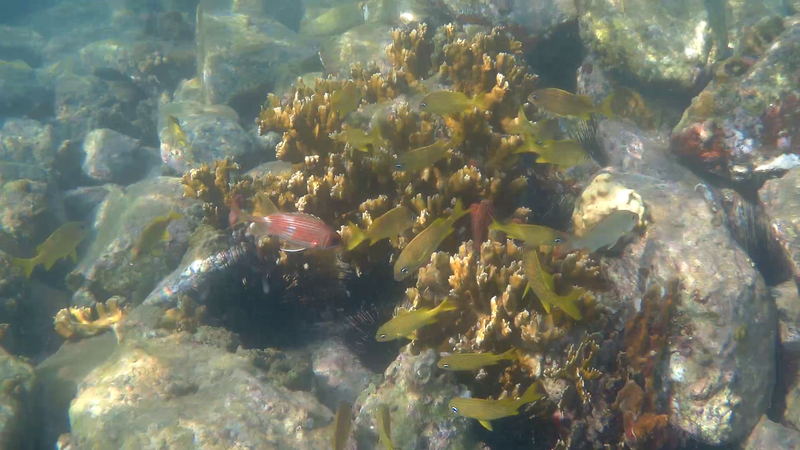
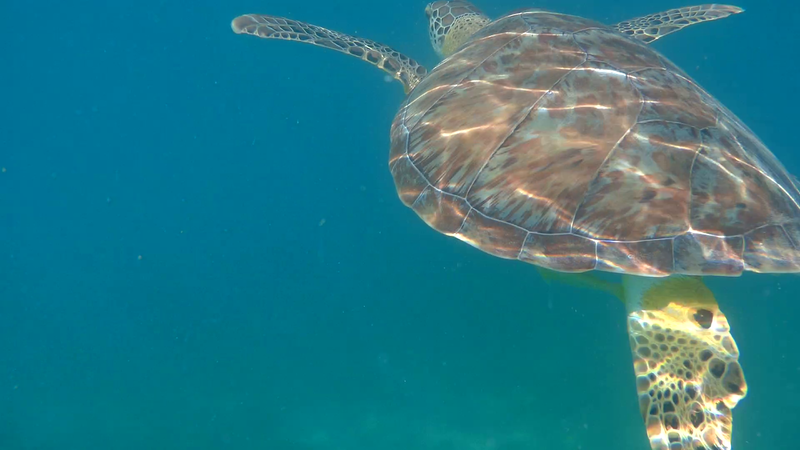
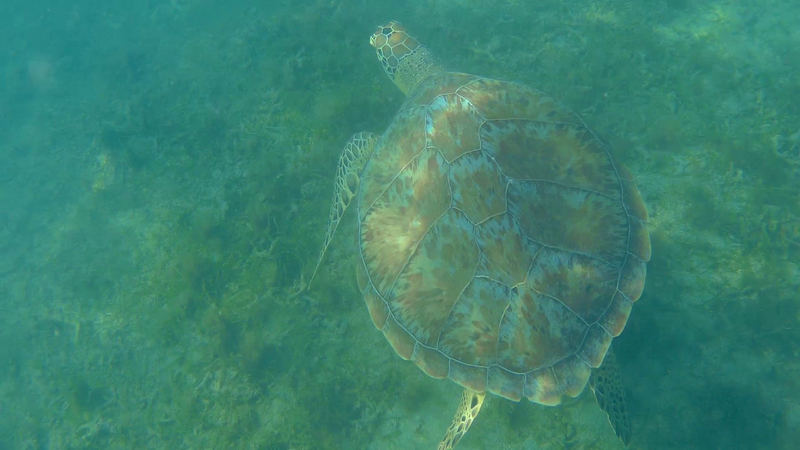
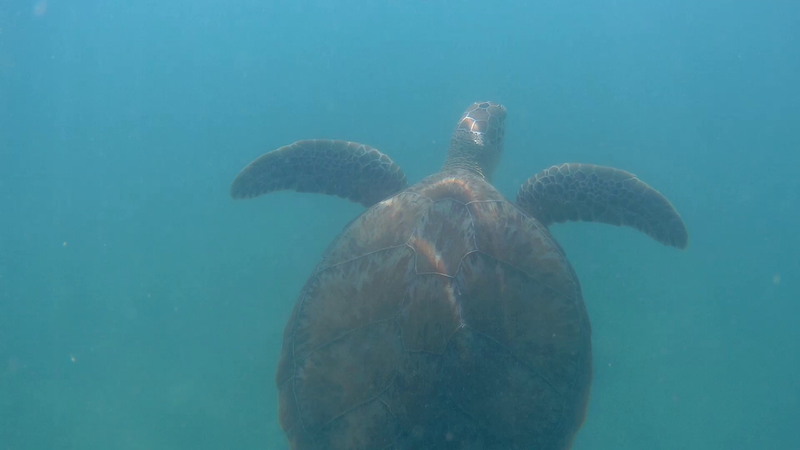
 RSS Feed
RSS Feed
